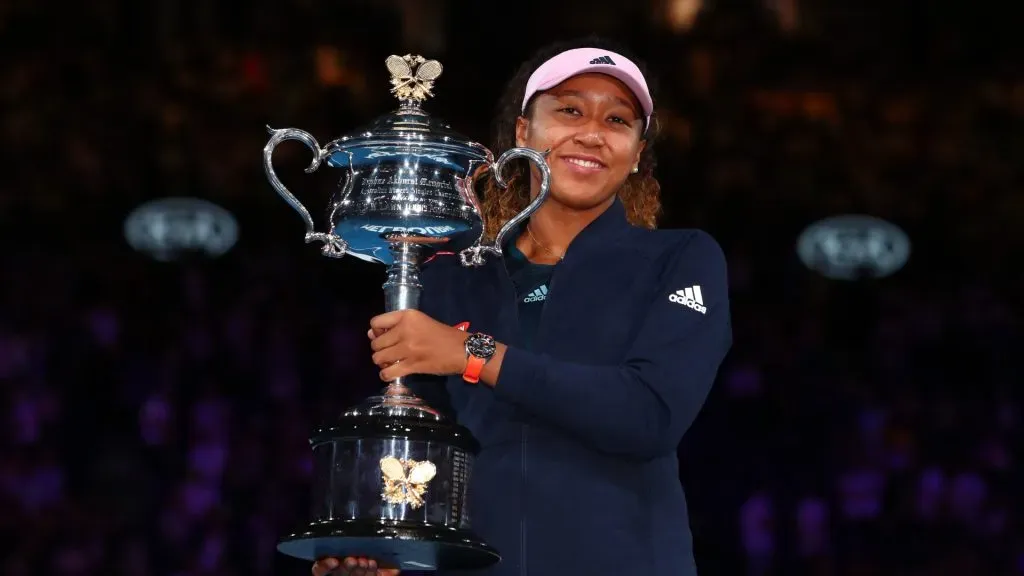Naomi Osaka once stood at the pinnacle of women’s tennis—both on the court and off it. A four-time Grand Slam champion and the first Asian player to reach World No. 1 in singles, the Japanese star also became the highest-paid female athlete in history, thanks in large part to her wide-ranging endorsement deals. But alongside her meteoric rise came intense personal struggles, particularly with mental health, which ultimately led to a step back from the sport.7
Born in Osaka, Japan, on October 16, 1997, to a Haitian father and Japanese mother, Naomi Osaka moved to the United States at age three. She began training in Florida and turned professional in 2014. It wasn’t long before her talent captured global attention.
Osaka’s breakthrough came in 2018 when she won Indian Wells and later stunned the tennis world by defeating Serena Williams in the U.S. Open final. That victory made her the first Japanese player to win a Grand Slam singles title.
Just months later, she claimed the 2019 Australian Open and rose to World No. 1—the first Asian player ever to do so in singles. Two more Grand Slam titles followed: the 2020 U.S. Open and 2021 Australian Open.

Naomi Osaka of Japan poses for a photo with the Daphne Akhurst Memorial Cup following victory in the 2019 Australian Open.
A business powerhouse
While Osaka collected over $22 million in prize money during her career, her off-court earnings far surpassed those totals. According to Forbes, she became the highest-paid female athlete in history in 2020, raking in more than $55 million annually through endorsements with global brands like Louis Vuitton, Sweetgreen, and Tag Heuer.
see also
Four-time Grand Slam champion Naomi Osaka says who is the ‘biggest’ tennis player ever
Her commercial success was driven in part by her influence in both the Asian and global markets, with many companies eager to associate with a cultural icon who helped expand the presence of tennis in regions where it had traditionally struggled to gain traction.
Speaking out about mental health
Despite the fame and fortune, Osaka began to experience emotional struggles at the height of her success. “It first happened when I won Indian Wells in 2018,” she said on the Mountaintop Conversations podcast in 2023. “But it happened again when I won the U.S. Open in 2020 and again when I won in Beijing. I remember being in China and just wanting to leave—I couldn’t stop crying on the court. In 2021, I won the Australian Open and felt the same. I realized I needed to do something because I didn’t want to keep living like that”.
“I didn’t know what mental health was. When you grow up, nobody talks about it. Honestly, I think the first time I heard the term was when I withdrew from Roland Garros. It’s not like I had a dark childhood or anything—it’s just that everything in my life was centered around tennis,” she continued. “I would never trivialize mental health or use that term lightly. The truth is, I’ve suffered long bouts of depression since the 2018 U.S. Open, and it’s been really hard to manage”.
A new chapter
In mid-2023, Osaka welcomed her daughter, Shai, with rapper Cordae. The couple announced their split in early 2025. Osaka returned to the WTA Tour in 2024 under the guidance of renowned coach Patrick Mouratoglou. While the results have been mixed so far, she continues working to rediscover her top form.
Currently ranked No. 49 in the world, Osaka is eligible for direct entry into most major tournaments. At just 27 years old, with elite-level coaching and world-class talent, she still has time—and the tools—to climb back to the top of the sport.


AloJapan.com